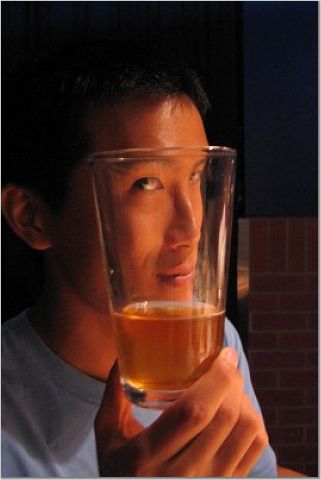Thoughts about Beijing, Post Sino-Sing 2006
I found the visits to certain sites in
What appealed to me about the former two locations was the ability of the organizations concerned to showcase their talents and richness of the Chinese culture in a succinct and condensed form – in terms of their unique learning environments, students’ attitudes towards socio-political events, and even the architecture presented in the town-planning centre. On the other hand, the Forbidden City (故宫) contains a plethora of remnant artifacts which were restored painstakingly by the Chinese government, in a bid to maintain interest in Chinese history amongst the younger techno savvy generation. I was especially surprised that the building structures which date back to the Ching Dynasty have retained much of their former magnificence, bearing in mind that they were almost completely demolished during the Civil War period when warlords of different factions struggled for power.
Visit to the Beijing City Planning & Exhibition Centre (北京市规划展览中心):
The model of downtown
One of the highlights is the Olympic Village, which boasts a brand new stadium, sports complex, athletes’ accommodations, and administrative blocks – all of which span a large portion of a man-made lake shaped as a dragon (the mythical symbol of the Chinese). This lake would be utilized as a venue for the water-sports events such as rowing.
The Forbidden City (故宫):
 Rather than commenting on iconic and ubiquitous photographs of the façade of the
Rather than commenting on iconic and ubiquitous photographs of the façade of the
The highlight of our visit to the Beijing Foreign Studies University (BFSU) or more affectionately known as “Bei-Wai” (北外), was a chance to test our skills at making “Jiao Zi” (饺子) or dumplings. Our “Bei Wai” (北外) hosts had graciously prepared huge bowls of meat and chive filling, along with dough that had been made ready for this event.
For many of us, making dumplings was something new and unique (since often in the
My take on this phenomenon of being unable to wrap a ‘perfect’ dumpling would be this:
On the one hand, we would try to strive for the ideal of being able to absorb most, if not, all of the glorious Chinese culture that our ancestors have left behind for us. Yet, on the other hand, we live in a realistic and pragmatic society where we know that one’s worth is not measured by the grace and eloquence of one’s ability to recite the Chinese classics, but rather the sad reality of being able to bring in the most ‘bucks’ at the end of the day. Rather than being citizens of a single country, people now are what is popularly termed ‘global citizens’. This means that they are now required (and in some cases, forced by circumstances) to grapple with a multitude of ever-changing languages, cultures, and identities.
With this situation to consider, let me end with some food for thought: “Traditions are only as good as they hold practical worth to their adherents”. What does it mean to be Singaporean? What does it mean to be someone belonging to one of the four main ethnic groups (commonly termed “Chinese, Malay, Indian, and Others” – “CMIO” for short) in a culturally diverse city-state like


